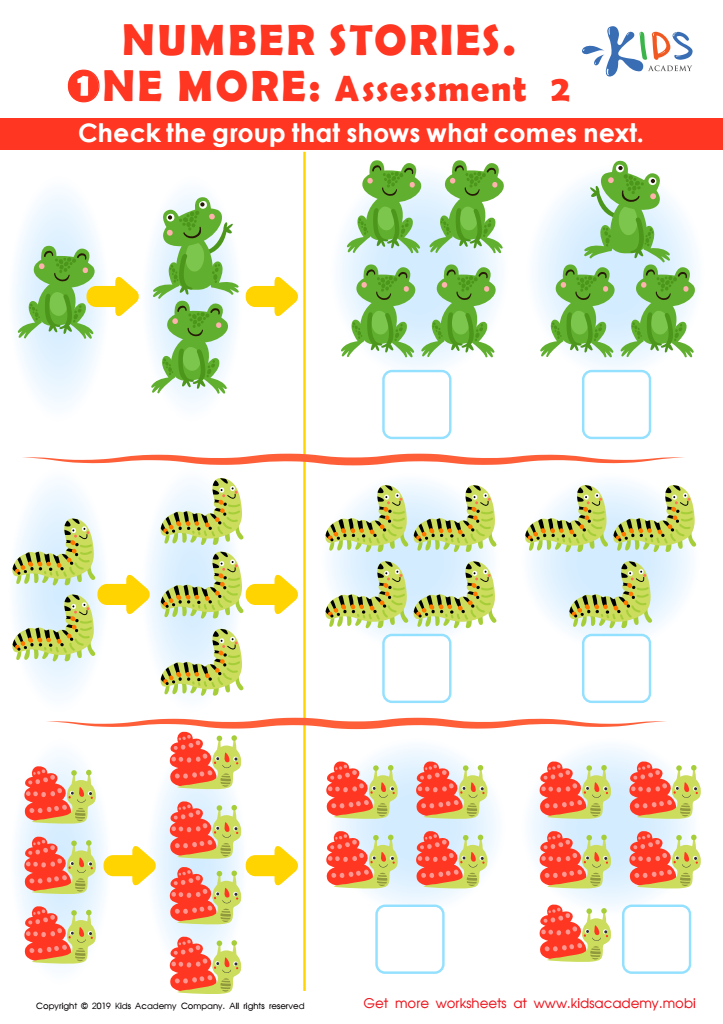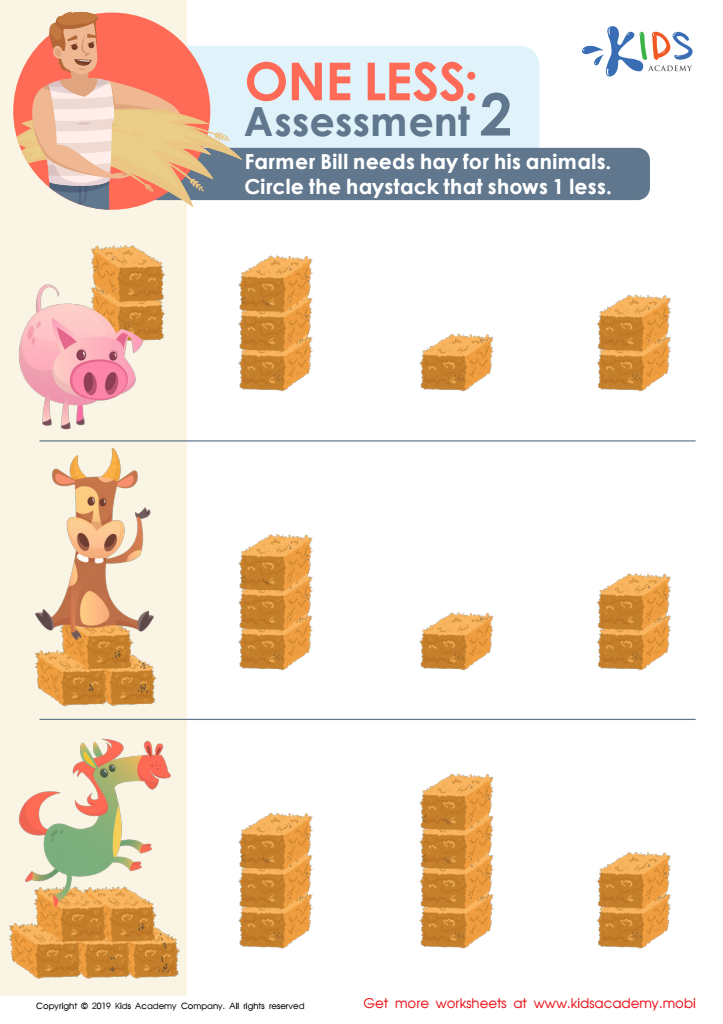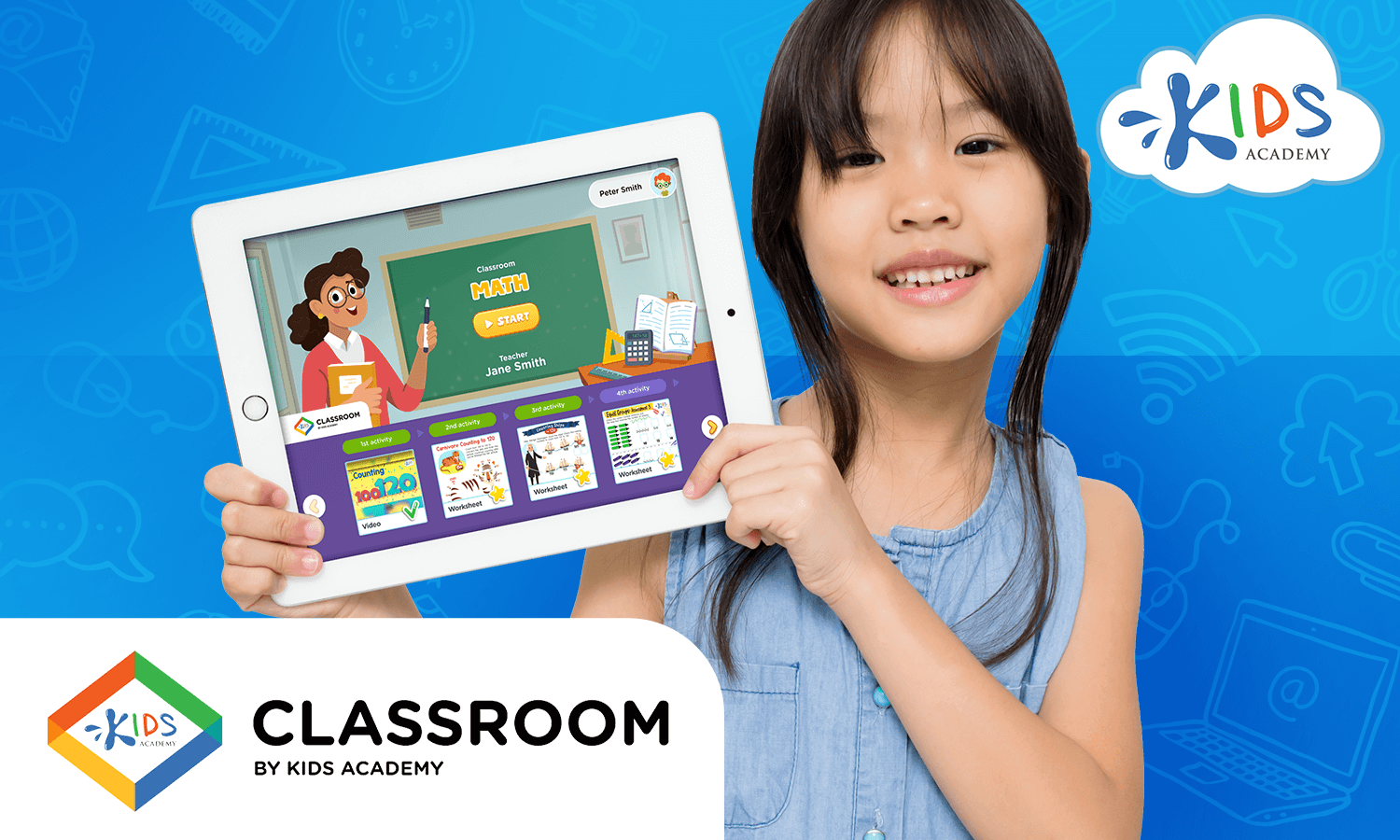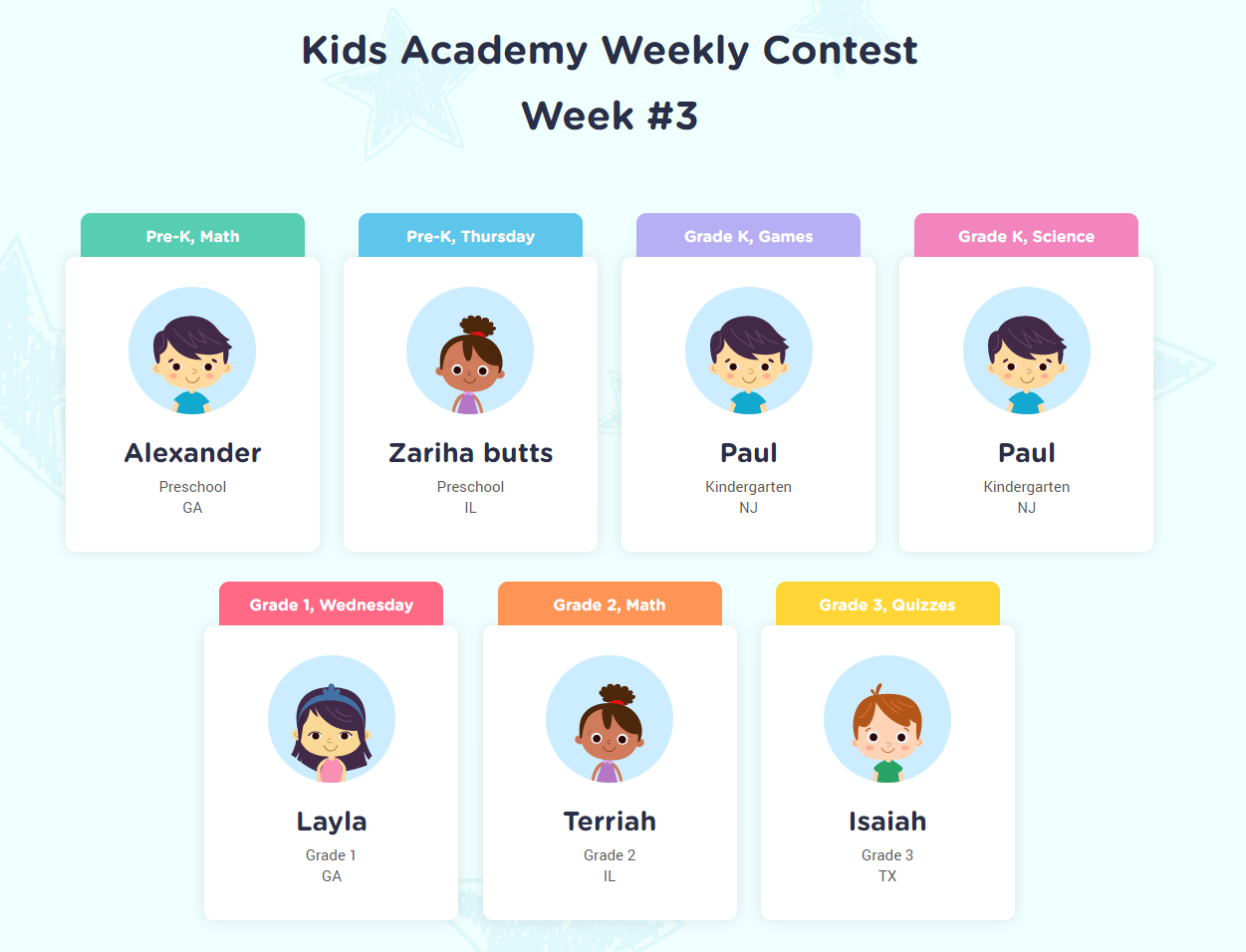Counting Worksheets Activities With Answers for 5-Year-Olds
2 filtered results
-
From - To


Number Stories One More – Assessment 2 Worksheet


One Less: Assessment 2 Worksheet
Counting Worksheets Activities with Answers are an invaluable tool for children in the early stages of their mathematical journey. These engaging and interactive activities provide a solid foundation in understanding numbers, a critical skill that lays the groundwork for future mathematical concepts. Let’s delve into why these resources are so beneficial for young learners.
Firstly, counting worksheets offer structured practice in a fun and engaging manner. Children are naturally curious and eager to learn; these worksheets tap into their enthusiasm by presenting counting in various formats - from straightforward number recognition to more complex sequencing tasks. This variety ensures that children remain engaged and are less likely to become bored or disinterested in the learning process.
Moreover, the inclusion of answers with these activities is a game-changer. It allows children to receive immediate feedback on their efforts, fostering a sense of accomplishment and encouraging them to challenge themselves further. This instant feedback loop is crucial for building confidence and promoting a positive attitude towards learning.
Furthermore, counting worksheets are incredibly versatile. They can be used in a classroom setting, for homeschooling, or even as supplementary material for additional practice at home. This flexibility ensures that all children, regardless of their learning environment, have access to quality educational resources.
In addition, these worksheets help in developing fine motor skills as children learn to write numbers. The repetitive nature of counting and writing numbers enhances hand-eye coordination and prepares them for more complex tasks.
Lastly, Counting Worksheets Activities with Answers lay a solid numerical foundation. A strong grasp of counting leads to easier acquisition of other mathematical concepts such as addition, subtraction, and even multiplication in the future. It’s the first step in a long journey towards mathematical literacy.
In conclusion, Counting Worksheets Activities with Answers are an essential tool in the educational toolkit. They not only make learning fun and engaging but also build confidence, foster independence, and prepare children for future mathematical challenges.
 Assign to the classroom
Assign to the classroom




.jpg)







